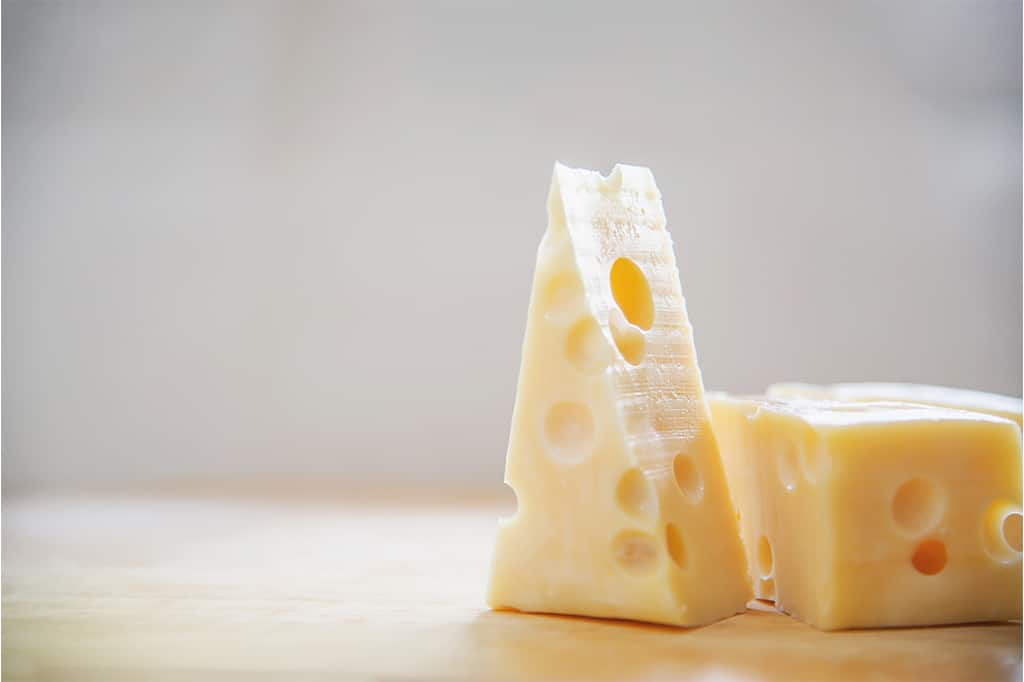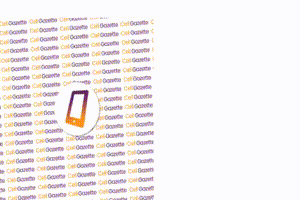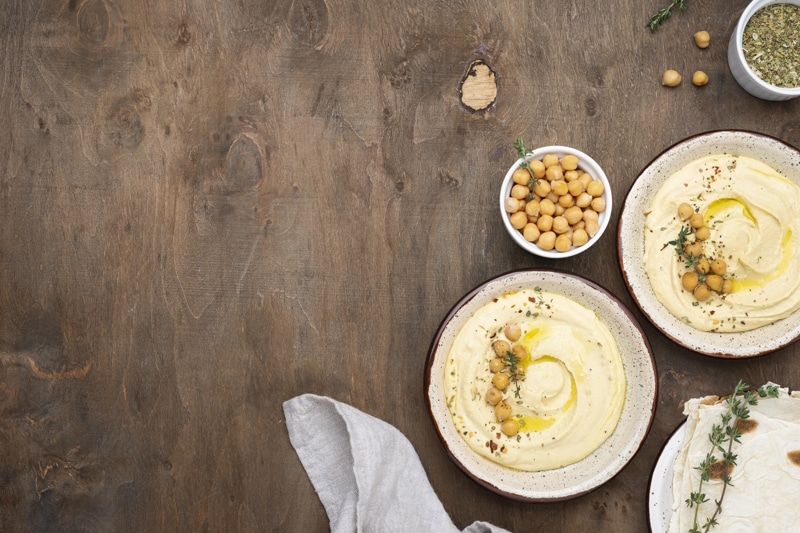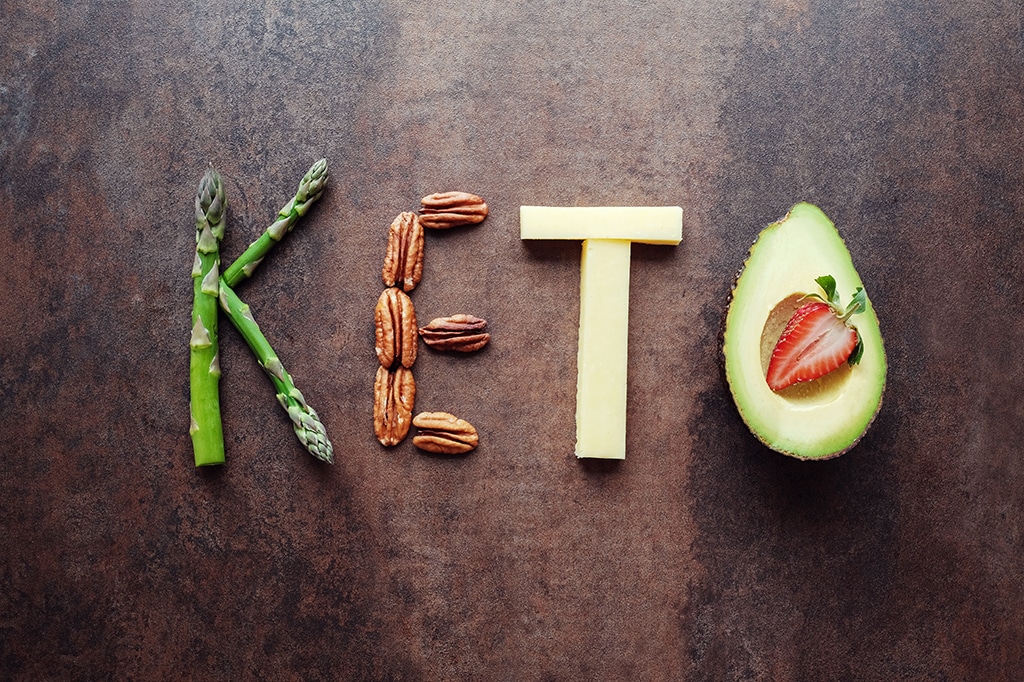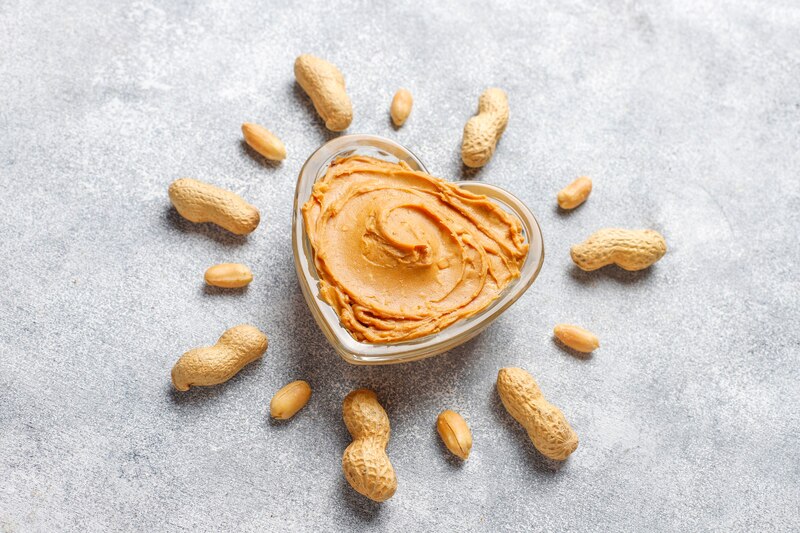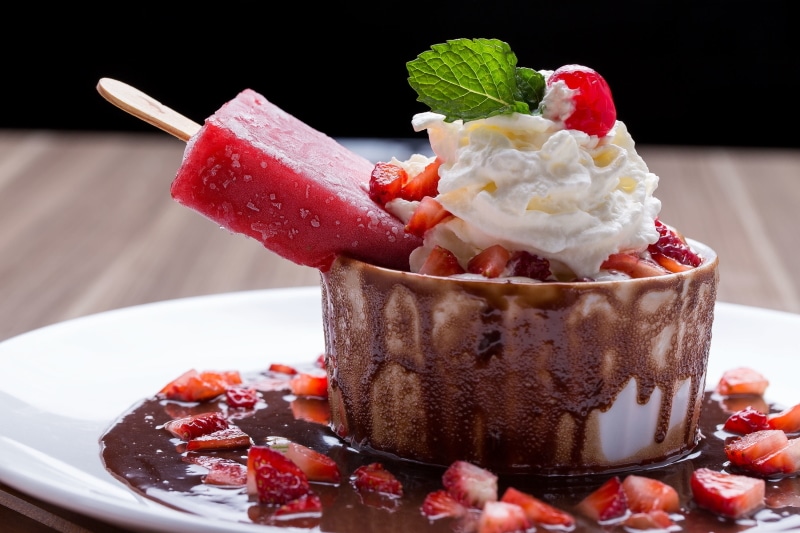Over a decade ago, Domino’s Pizza sales were decreasing rapidly, so the restaurant changed its entire pizza recipe. They launched a big marketing campaign that changed the way Americans ate Pizza. They’ve developed a new line of pizzas with 40 percent more cheese, consumers loved the cheesier pizza, and sales soared by double digits.
Americans do love cheese. However, cheese is bad for our health, and unfortunately, we’re eating too much of it. Americans eat more than 33 pounds of cheese per person per year three times more than in the ’70s.
Cheese is a high-calorie product full of fat, sodium, and cholesterol. A typical cheese is 70 percent is mainly saturated (“bad”) fat.
Here are five alarming facts about cheese and your health.
1. Cheese is the largest source of saturated fat
According to an article published by The New York Times, that Domino’s pizza with 40 percent more cheese contained about 2/3 the amount of your recommended daily intake of saturated fat in just ONE slice. With restaurants and processed cheese companies selling fatty products is no wonder that in the US you have an obesity epidemic.
2. Cheeses are made with an animal stomach enzyme
Cheese is made with rennet, which is fabricated from an enzyme that comes from a cow’s stomach. You might find some cheese labeled as vegetarian, but otherwise, they probably contain rennet. Vegetarian cheeses are manufactured using rennet from either fungal/bacterial sources or genetically modified micro-organisms.
3. Cheese can contain pus from cows
Artisanal and poor manufacturing practices make cheese an unhealthy choice. Cows are treated like milk-producing machines and are genetically manipulated and pumped full of antibiotics and hormones to make them produce more milk. While cows suffer on factory farms, humans who drink their milk increase their chances of developing heart disease, diabetes, cancer, and many other ailments.
4. Cheese can cause diabetes and heart disease
One-fourth of an average 12-inch cheese pizza contains 13 grams of fat, 6 of them saturated, and 27 milligrams of cholesterol. All of that in addition to the calorie content, thus packing on the weight. Consuming too much cheese can lead to diseases and death.
5. Cheesemakers spray mold to make the rind
Cheese can contain mold. Cheeses like brie, cheesemakers will spray mold onto the surface to encourage the growth of white rinds.
Luckily, with the advancements in Vegan technology these days we have many vegan cheese alternatives available at the grocery store.
Even better, make your own dairy-free cheese at home with the following recipe:
Ingredients
- 1 cup raw unsalted cashews
- 1/4 cup nutritional yeast
- 1/4 raw Kombucha tea
- 1 tablespoon freshly squeezed lemon juice
- 1 teaspoon Himalayan pink salt
- 2 tablespoons fresh herbs of your choice (optional)
Preparation
- In a high-speed blender or food processor, add all ingredients and process until a smooth, ricotta-cheese-like consistency is reached.
- Using a spatula, scoop mixture into a strainer bag and tighten the bag around the cheese, forming a solid ball.
- Place the ball & bag into a bowl, and drizzle a little more Kombucha over top.
- Cover with a towel and leave on the counter overnight, and up to 3 days to ripen.
- Check cheese often to test flavor and ferment. Once you’re happy with the flavor, it’s ready.
Notes
Store in the fridge for up to 1 week.

